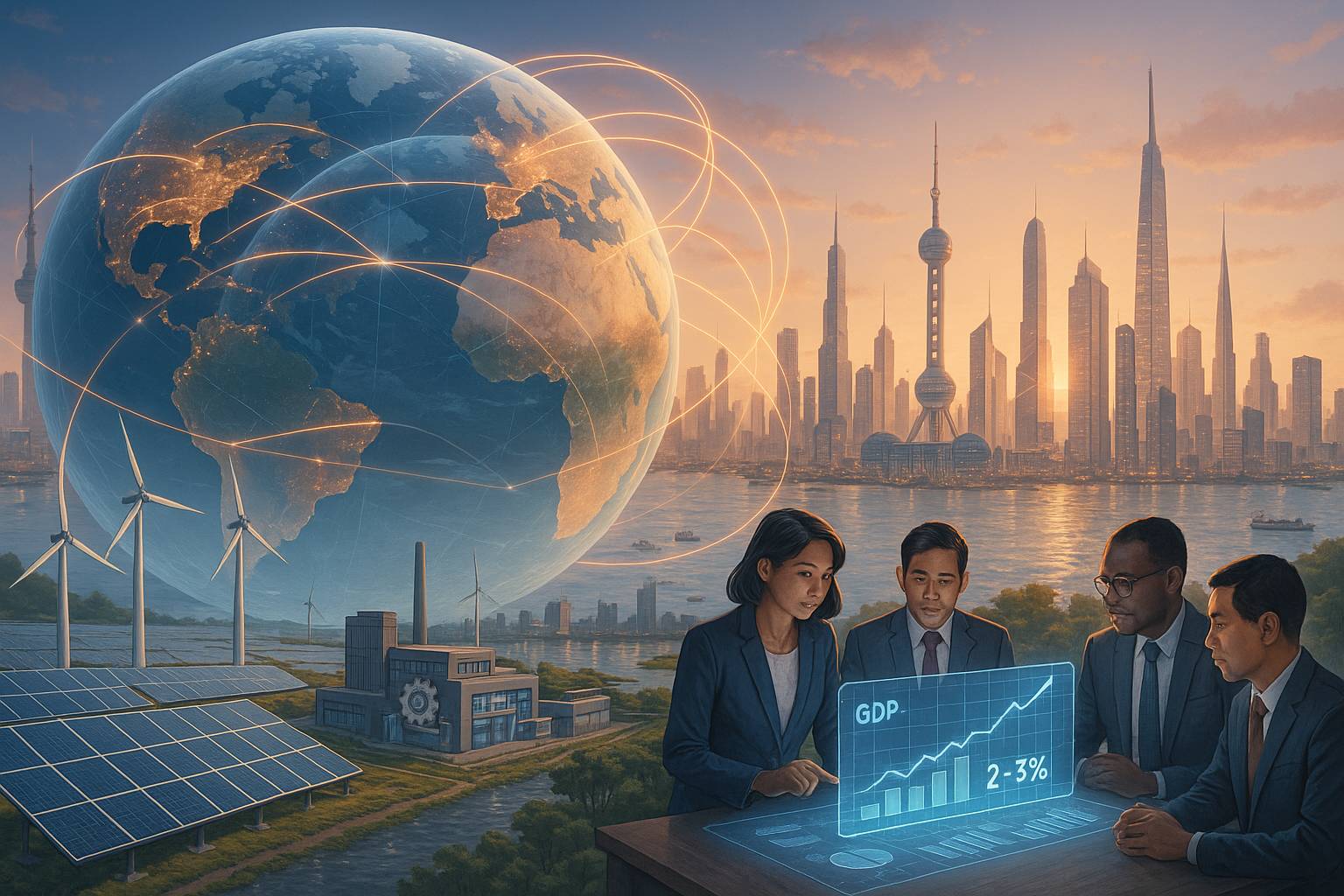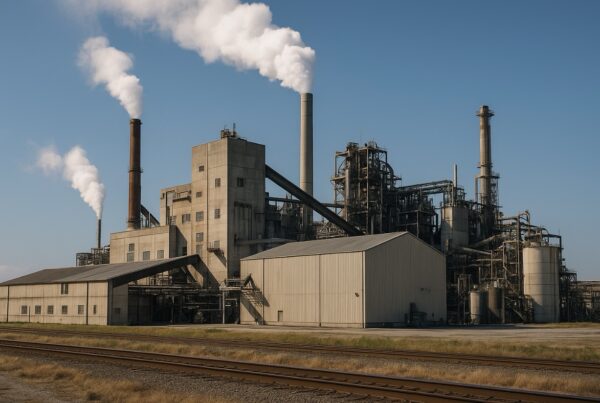Global economic growth over the next three decades is projected to remain moderate, averaging 2–3 percent per year. Recent data from the International Monetary Fund (IMF) and the World Bank shows that in 2025–2026, global growth will be in the range of 2.5–3.1 percent, lower than the 3.7 percent average recorded from 2000–2019. The shift of economic power toward Asia is becoming a major trend, with growing roles for developing countries such as China, India, and Indonesia.
Shift in the Global Economic Center
PwC’s The World in 2050 report projects that the E7 economies — including China, India, Indonesia, Brazil, Russia, Mexico, and Turkey — will surpass the G7 before 2050. The global output share will shift significantly toward Asia and emerging markets, with six of the seven largest economies coming from these nations.
Urbanization will also be a key driver. The United Nations projects that 68 percent of the global population will live in urban areas by 2050, driving demand for infrastructure, housing, and public services.
Challenges of Fragmentation and Global Trade
In August 2025, the World Trade Organization (WTO) revised its 2025 merchandise trade growth forecast down to just 0.9 percent. New U.S. tariff policies and geopolitical tensions have slowed exports and imports. The WTO warns of selective deglobalization risks that could hamper long-term growth.
The Role of Technology and AI
The IMF assesses that adopting artificial intelligence (AI) could significantly boost global productivity. Studies by Goldman Sachs and McKinsey estimate AI could add 7 percent to global GDP, equivalent to USD 2.6–4.4 trillion per year, if paired with proper policy, training, and infrastructure. However, uneven adoption risks widening economic inequality.
Climate and Energy Transition
The International Energy Agency (IEA) warns that clean energy investment must exceed USD 4 trillion per year before 2030 to meet the Net Zero 2050 target. The Intergovernmental Panel on Climate Change (IPCC) reports that global economic risks rise with warming, with potential GDP losses exceeding 20 percent by the end of the century if mitigation efforts fail.
Debt Pressures and Financial Stability
The IMF reports that total global debt in 2023 reached nearly USD 250 trillion, or 237 percent of global GDP. Higher real interest rates compared to the 2010s will burden financing for developing countries and the private sector, limiting long-term investment capacity.
Potential in Asia and Africa
Demographic bonuses in South Asia and Sub-Saharan Africa present major opportunities. Rapid urbanization, a growing middle class, and increased digitalization are expected to fuel demand in light manufacturing, cross-border digital services, and clean energy. Indonesia, with its strategic position in ASEAN, is well-placed to become one of the region’s growth hubs.
Three Future Scenarios
- Moderate Growth: Global pace remains stable at 2–3 percent per year with gradual energy transition.
- Rapid Convergence: E7 drives growth above 3 percent annually through reforms and technology adoption.
- Constrained Growth: Deglobalization, climate crises, and financial instability keep growth near 2 percent per year.
The next three decades will be a decisive period for the global economy. Growth is still achievable, but success will depend on the world’s ability to manage the energy transition, harness technology, and sustain international cooperation amid geopolitical and climate challenges. The policy choices made today will shape the trajectory of the global economy through 2055.





